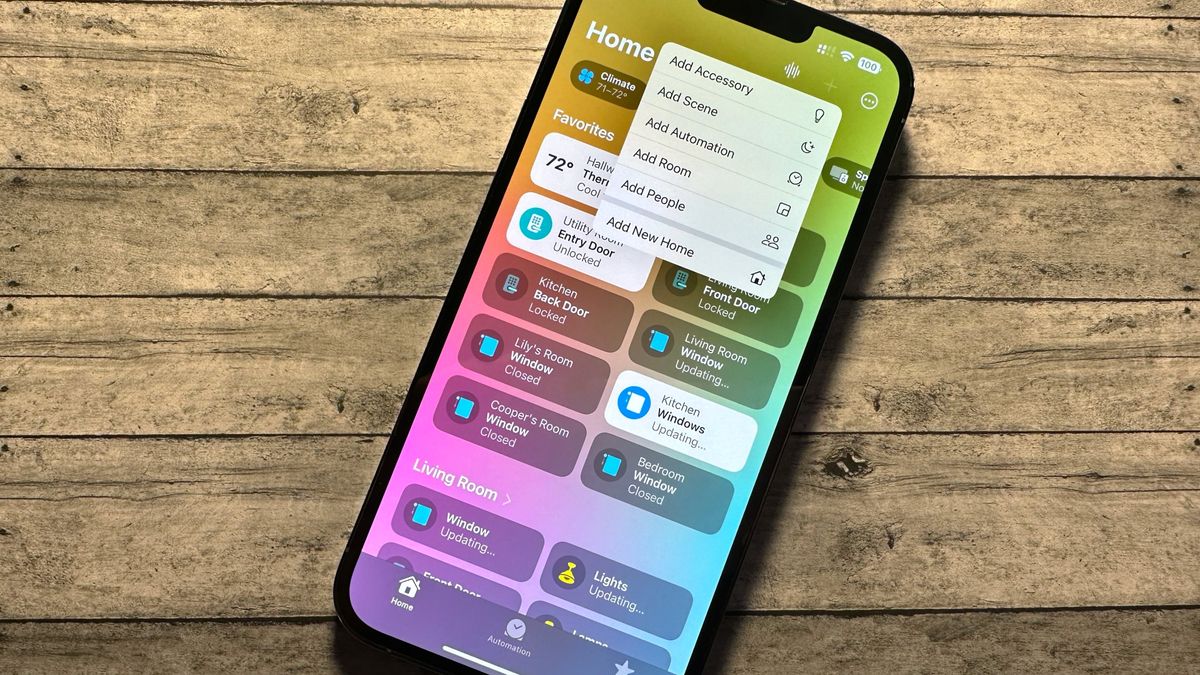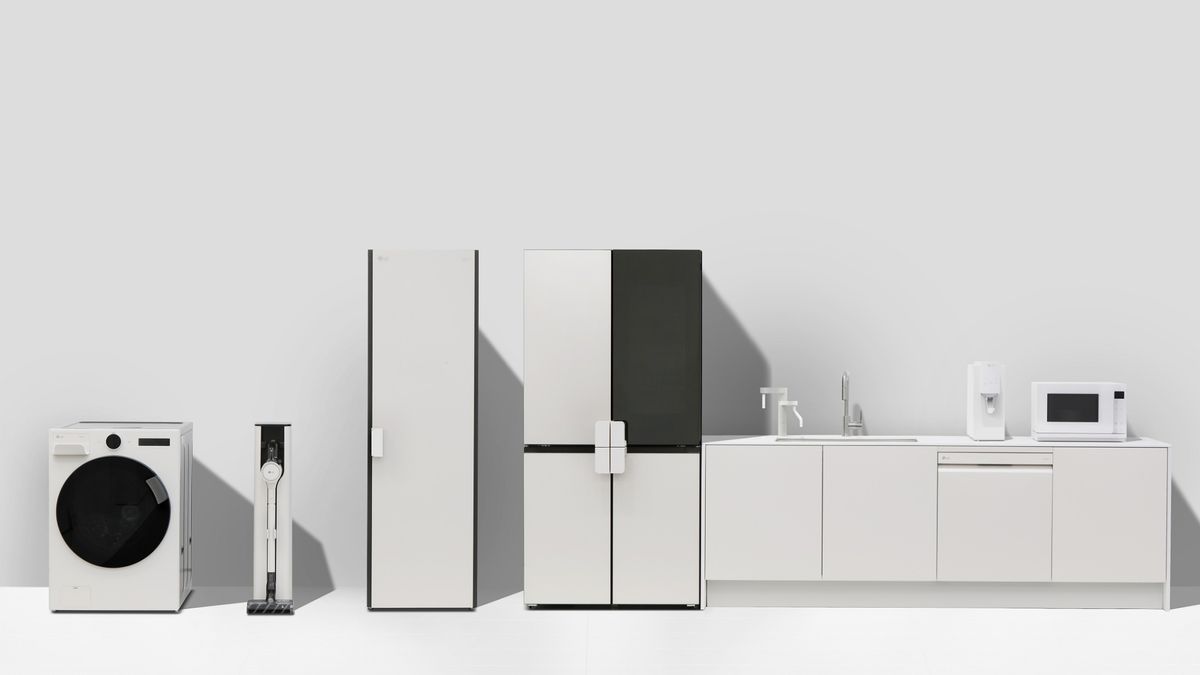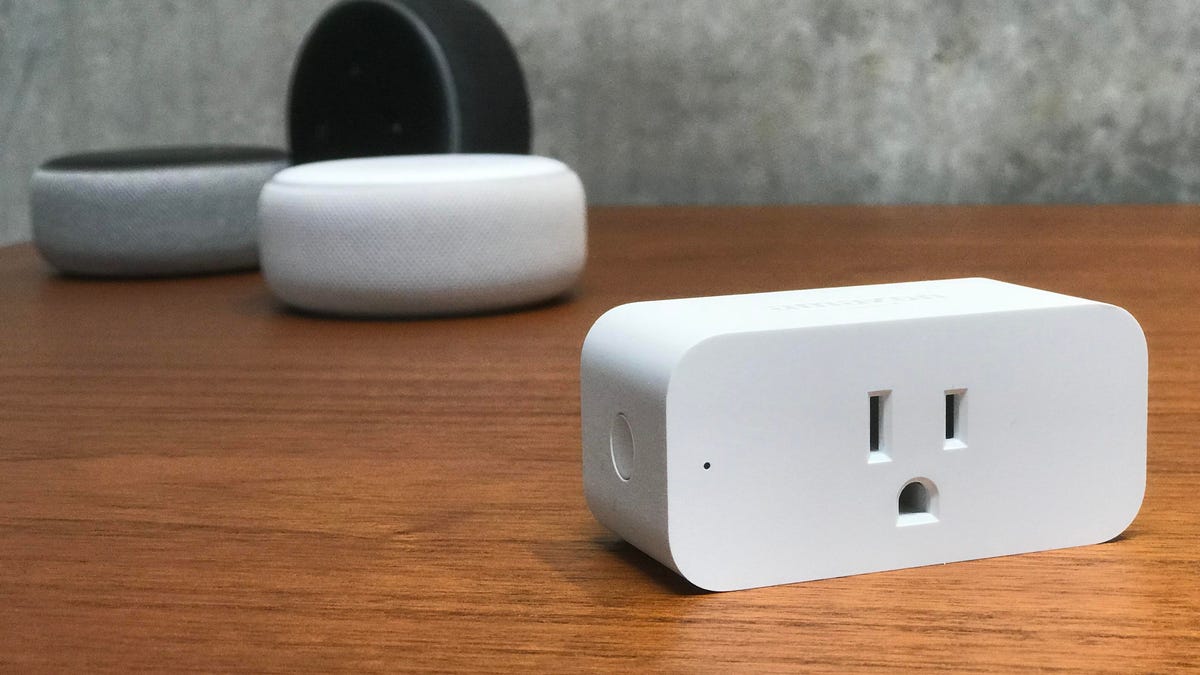The smart home is one of the most useful and exciting ways to turn tech to your advantage, yet getting started can be daunting. Apple lists 22 different categories of smart home products on its website, and nearly all of them are interoperable. That means with the right combination of products you can automate your home beyond all reasonable expectations. Want a sprinkler that comes on every time you open the window? Easy. Need speakers that start playing every time the garage door gets opened? No problem. But what if you’re just starting your smart home for the first time?
If you’re about to embark on the journey of building your smart home and you’ve no idea where to start, where should you look? Ideally, you want good, reliable smart products that are going to make a tangible difference to your home (so you can actually enjoy the benefits of smart home tech and automation) without breaking the bank or putting you off the idea because they’re too complex.
With that in mind, I reckon that there are maybe four perfect gateway smart home devices that you can pick up to get you started. Before you know it, you’ll have that smart home bug for good, but we all have to start somewhere. Here are my top picks.
Smart plugs
You can always trust iMore.
Our team of Apple experts have years of experience testing all kinds of tech and gadgets, so you can be sure our recommendations and criticisms are accurate and helpful. Find out more about how we test.
A smart plug is possibly the simplest way to start your smart home, but that doesn’t mean they’re not incredibly useful. A smart plug can make any “dumb” electronic device smart. A smart plug simply plugs into your wall socket and can be switched on and off through your smart home app of choice. On Apple Home via HomeKit, that means using a quick tap in the Home app or a Home Screen widget, or even a command via Siri. Smart plugs generally come with two settings, on or off. They can be used for a variety of different purposes. For example, you could plug in a regular light or lamp using a smart plug so that you can switch it on or off remotely. Or, you could use it to control power to a hard-to-reach appliance. Smart plugs can also be used for peace of mind, controlling items like hair straighteners or curling tongs so you don’t have to worry about leaving the house having left them on. Any smart plug worth its salt will even provide you with energy readings so you can see how much energy an appliance uses, and how much you save switching it off as a result.
With Amazon Prime Day fast approaching, you can score two meross mini Smart Plugs for just $22.99, meaning they’re not even 12 bucks a pop. Each comes with Wi-Fi connectivity, HomeKit support, and features such as a timer. You will need a HomePod, Apple TV 4K (or HD), or an iPad to make it work, but otherwise, this is as simple as the smart home gets.
Smart lights
Smart lights are quintessentially smart home, and even if you have no interest in smart home tech you’ve probably heard about smart light bulbs and ranges such as Philips Hue. The benefits of smart lights can be summed up as convenience and customization. To start with the latter, any good smart bulb will let you choose from a variety of millions of different colors, letting you light your home to any mood you can think of. While some smart bulbs only come in white, you might as well grab a color option as this is one of the biggest benefits of smart lighting. With enough bulbs, you can start to craft scenes, automations, and more. But for the starter, a smart light is another perfect way to start your smart home. They’re a little more complex than smart plugs, with many offering brightness and color options beyond the simple on/off choice, but decent apps and solid Apple Home app integration ensure that all of this remains straightforward.
When it comes to convenience, what could be more convenient than controlling your lights with your voice or your smartphone, rather than a switch on the wall like an animal? As with smart plugs, remote control and some very basic automation can ensure you never leave the lights on when you’re out. Heck, you can even use smart lights to feign a resident at home while you’re on vacation or traveling so your house doesn’t look empty.
We’ve gone with meross again because their smart bulbs are excellent value and work with a host of ecosystems including Apple’s HomeKit. Philips Hue lights are a good alternative, but they’re more expensive and require Philips’ hub as a separate purchase.
Smart home security camera
Security might seem like a much too important task to entrust to a smart home ecosystem you’ve no experience using, but there are plenty of options out there that can make a smart home security camera an ideal smart home starter. What’s more, HomeKit security cameras are often introduced to smart homes which otherwise wouldn’t have any secure video whatsoever, so any addition is an improvement.
To start a smart home, you don’t need a camera for every corner of the house, a hub to connect them all, and a server to store your footage. One camera will do, at least to start with. You can of course opt for an outdoor or an indoor version, depending on your needs, but this TP-Link Tapo 2K is a pretty good bet. As you might expect, it provides the basic functionality of a security camera, with features including night vision, motion tracking, and two-way audio so you get sound as well as visuals. With support for Apple HomeKit, you can access your camera’s live feed at a moment’s notice, perfect for keeping an eye on a pet or checking in on a motion alert. The Tapo includes a microSD slot so you can store your footage locally, rather than in the cloud, too.
Smart doorbell
Smart video doorbells are possibly some of the most well-known and popular smart home devices. The core concept is very simple, a smart video doorbell combines a doorbell with a camera, giving you a live video feed from your front door whenever someone presses the button. It can be used to issue instructions to delivery drivers, avoid unwanted cold-callers, or advise expectant in-laws that you’ll “just be down in a second.” Different from a smart lock, a doorbell doesn’t give any access or control to the security of your front door, so there’s no risk of accidentally letting someone into your home. Like the other smart home devices here, a smart doorbell shines when you’re not home, because it really means you can answer the door from anywhere in the world, provided you have a mobile data connection. We have to stray away from HomeKit to find a decent deal here but this $37 Kasa number is a great starter point. It comes with a separate chime unit, features 2K resolution, and gives real-time notifications to your phone. You’ll need to hardwire it, so installation is a little more tricky, but once it’s in you’ll never have to worry about battery power. In terms of installation, this one requires a little more effort, but with just a wee bit of tinkering, you’ll have the ultimate front-door concierge in the palm of your hand.



